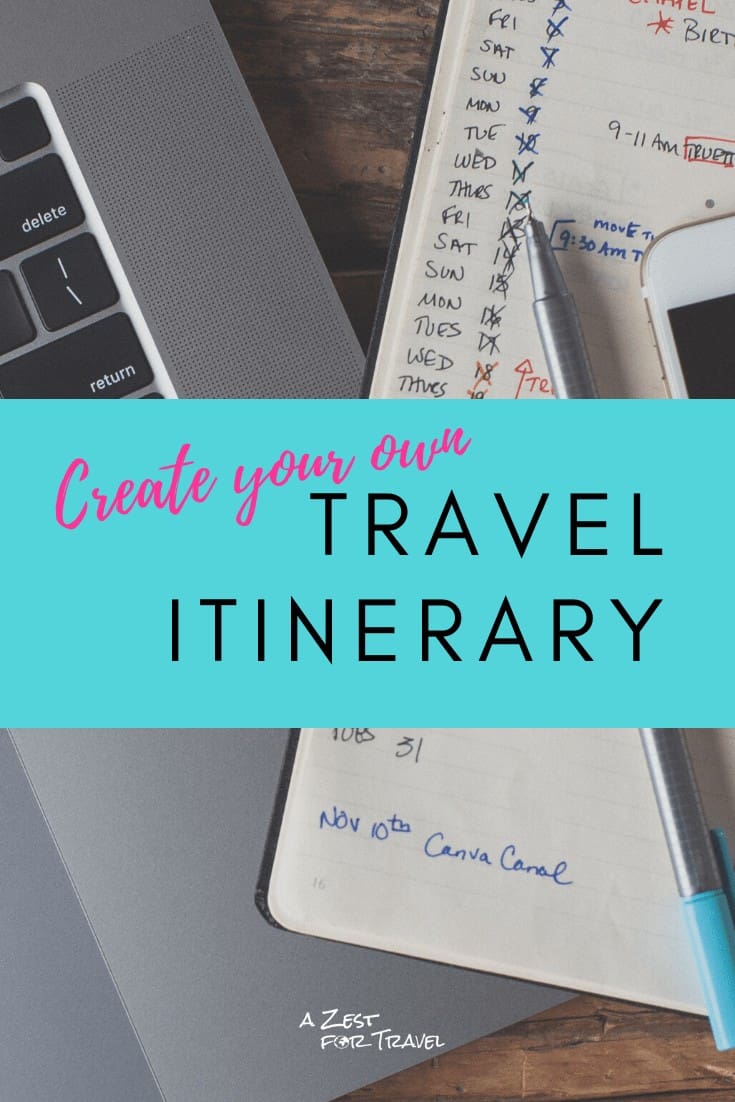A Simple 12 Step Planning Guide On How To Create A Travel Itinerary
I’m a planner. For me, planning a trip is almost as much fun as the trip itself. I can spend hours researching and planning in order to create the ideal travel itinerary. I just love it!
While I’ve become a bit more relaxed this past year since we set off on our full time travels around South East Asia, I do still like to create a loose travel itinerary. In my opinion, travelling with a (flexible) plan means you can make sure you tick off as many of your bucket list items as possible while sticking to your budget and making the best use of the time you have.
So how do you create a travel itinerary that you will love? Let me show you with this simple 12 step trip planning guide!

PS – This post may contain affiliate links: That means that if you purchase through my link, I will receive a small commission at no additional cost to you. Of course, I only recommend products/services that I have used and believe are great! Please read my disclosure for more info.
1 – Write A Travel Destination Bucket List
First things first. If you don’t already have one, make a list of all the places you’d love to visit someday. This is just a brainstorm at this point so nothing is too crazy.
Don’t limit yourself! Allow yourself all the pie in the sky dreams and ideas…
- Do you want to sip wine in the Tuscan countryside in Italy? Great! Add it to the list.
- Have you always wanted to climb Mount Everest? Travel on the Trans-Siberian Railway? Sure! Write it down.
- Do you dream of lazy days by the pool, or seeing Orangutans in the wild in Borneo? Either way, it’s going on the list!

2 – Determine The Length Of Your Trip
How long your trip will be may depend in large part on how much time you can get off work. Unless, of course, you are planning on quitting your job and setting off on a longer term adventure!
If you can, try and combine your travels with weekends on either end so you can maximise your time.
For example, leaving on Saturday and coming back on Sunday means you have 16 days while only taking 10 days leave.
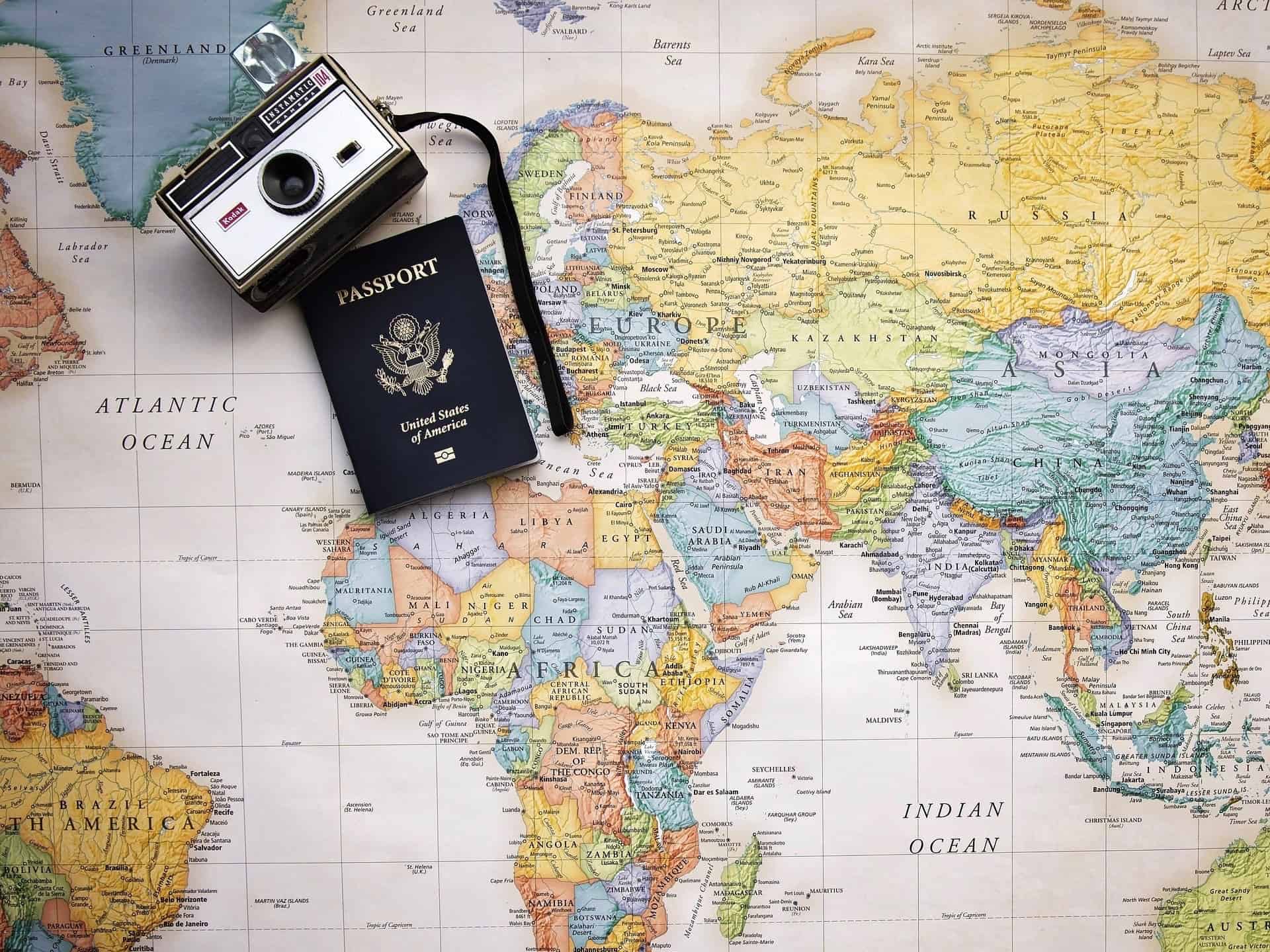
3 – Set A High-Level Travel Budget
Setting a realistic budget is a necessary evil when you create a travel itinerary. I know… We all want to stay in those luxury overwater bungalows in Bora Bora… But, for most of us, that just isn’t likely on a regular travel budget.
Your budget is going to be extremely important as it will determine if your chosen destination is realistic, and how much you will be able to do while you’re there. It will play a big part in how your final travel itinerary will look.
Once you set your overall travel budget, stick to it.
Let it help you decide whether your preferred destination is achievable this time. If not, that’s ok. There’s always next time, once you’ve saved up some more money. It might even give you the motivation to get better about your day-to-day budgeting at home.
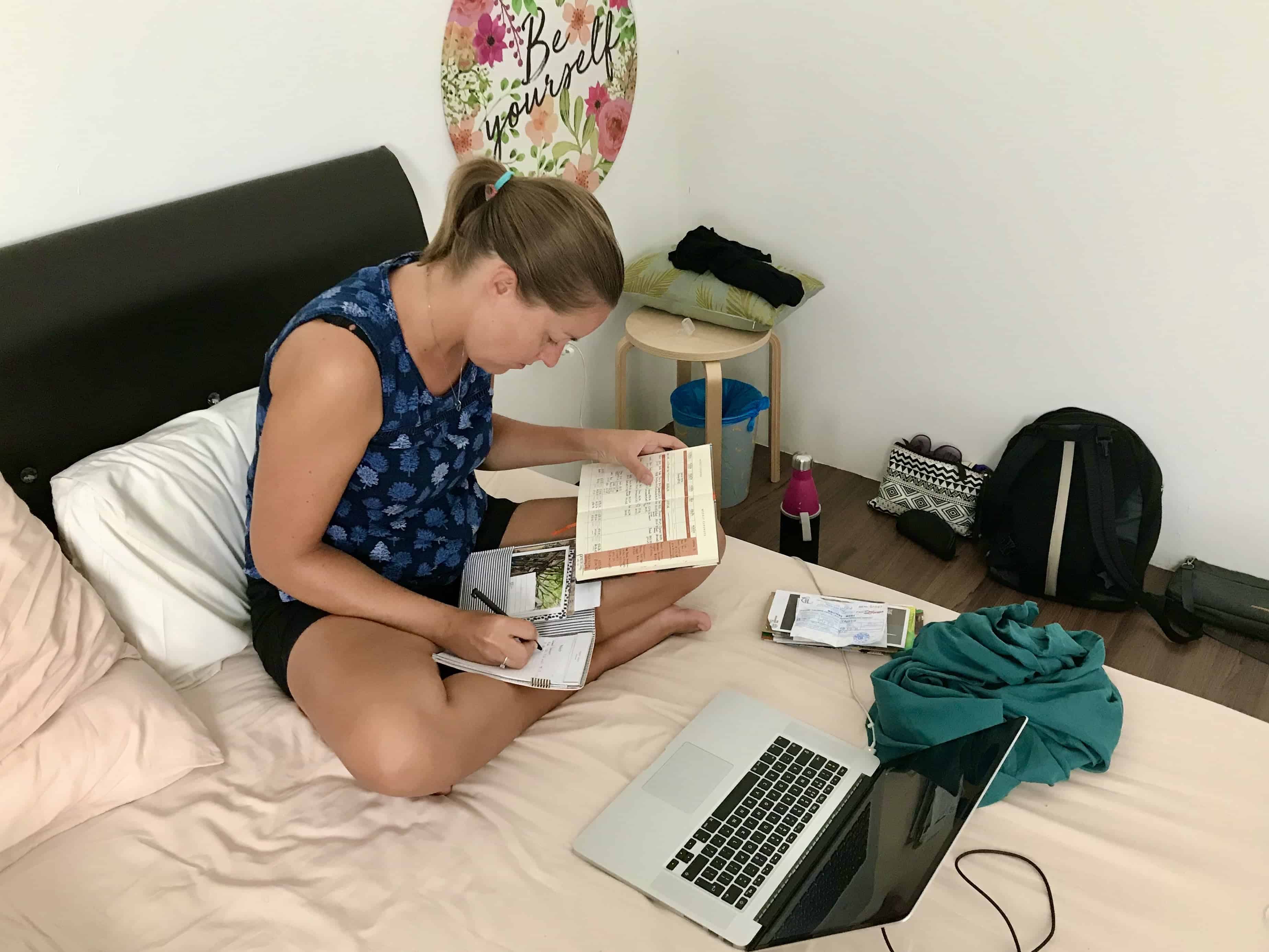
3.1 – Set Your Priorities
As part of determining your budget, you will have to decide what your priorities are.
What’s more important to you? The shortest/most comfortable flight? Luxury accommodation? Eating out and enjoying a glass of wine? Doing some adrenaline inducing activities like sky diving or bungee jumping?
All of these things cost money and you (may) not be able to do it all. What are you ok with giving up?
It may be useful breaking your overall budget into different elements like flights, ground transport, accommodation, food, and activities to determine how best to use that hard earned cash!
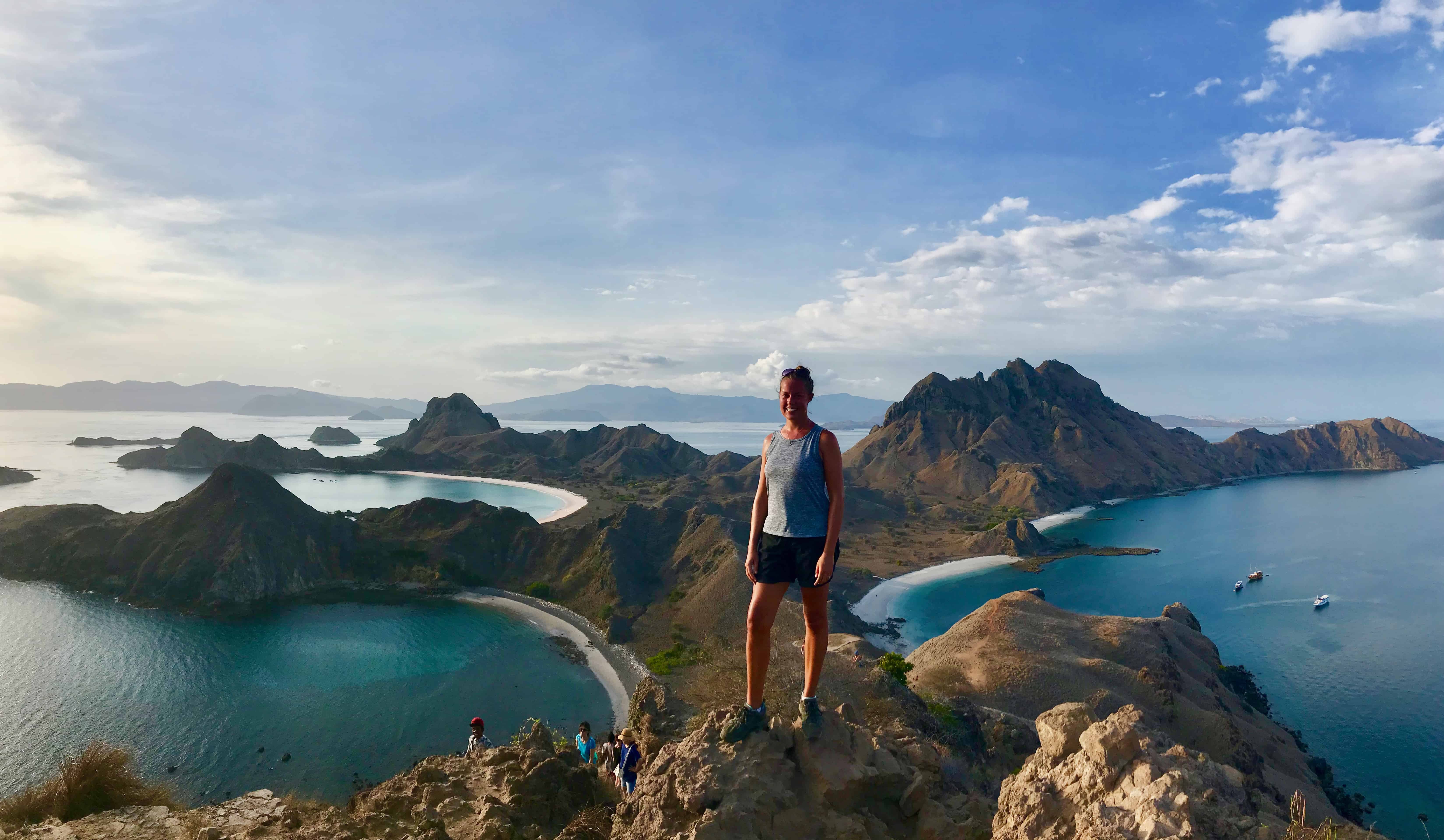
4 – Choose Your Destination
It’s really tempting to choose your travel destination first! Isn’t this the whole point of creating a travel itinerary?!
But, the reality is that the length of time you have and the budget you can set yourself will have an impact on where you can go.
- Do you have a long weekend? Maybe a city break will work best this time.
- Do you have leave that you’ve carried over from last year and need to use up? It might be time to tick off that bucket list destination!
A couple of years ago, we had our hearts set on going to Iceland. We had seen some really cheap flights from Ireland, and it seemed like a great time to visit this incredible country. But, once we started digging into the cost of food, transport and accommodation, we quickly realised that it just wasn’t within the budget we had set ourselves, so our plans changed. It’s important to stay flexible even when you choose your destination as it might turn out that it’s not as achievable as it first appeared…
Choosing where to go may also depend on who you’re travelling with. Make sure you take everyones’ thoughts into consideration.
Consider the type of trip you’re all hoping for;
- Do you want to go on lots of hikes?
- Do you want to laze by the beach?
- Do you want to soak up lots of culture?
- Is there somewhere that will allow you to combine everyone’s wishes?
Pro Tip: Check currency exchange rates for your chosen destination as this might have an impact on how much things like food and activities will truly cost.
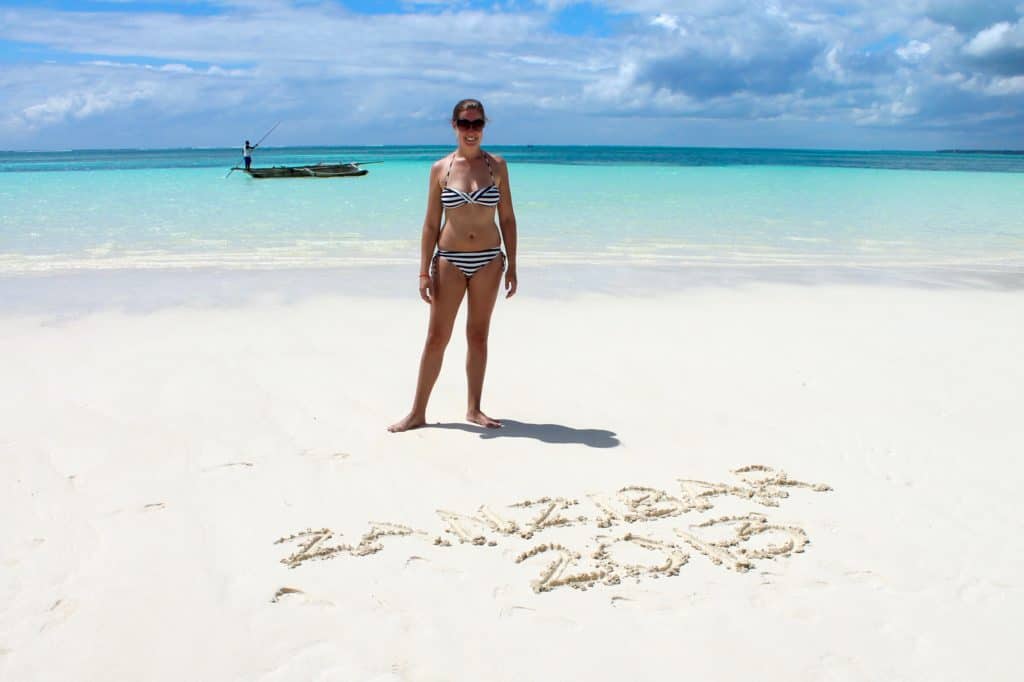
4.1 – Decide When You Will Travel
As part of choosing your destination, you may also want to consider when you are planning to travel.
For some destinations, the time of year won’t make much of a difference. But, more often than not, some months are better for travelling in than others. Specific events and seasons will impact how successful your trip will be. It is also likely to have an impact on your budget as it will influence whether it is high, low, or shoulder season at your preferred destination.
-
-
- Are you visiting Christmas markets in Germany? You’ll be looking at late November and into December.
- Planning on island hopping in Thailand? You might not want to go during the wet season, which runs from May to October. (Or, maybe you do, because it will be cheaper since it’s low season!)
-
Double check for any public holidays too. We only had one day in Athens following a week of island hopping in Greece a few years ago. Unfortunately, this ended up being on the 1st of May, a public holiday in Greece, which meant everything was closed! So, no Acropolis for me…

5 – Check For Visas And Vaccinations!
Before finalising your destination, check for any visa requirements for your preferred destination. Entry visas might take time to get, and cost additional money that you hadn’t counted on. Speaking of which, make sure you have your passport at hand and that it is current and valid for at least 6 months after your intended date of travel – Most countries require this.
Similarly with any required or recommended vaccinations. With some, you will need to have a follow-up booster or it could be administered over a number of weeks or months meaning you might not be able to head off when you had planned.
Check out some other sneaky travel costs that could end up blowing your budget!
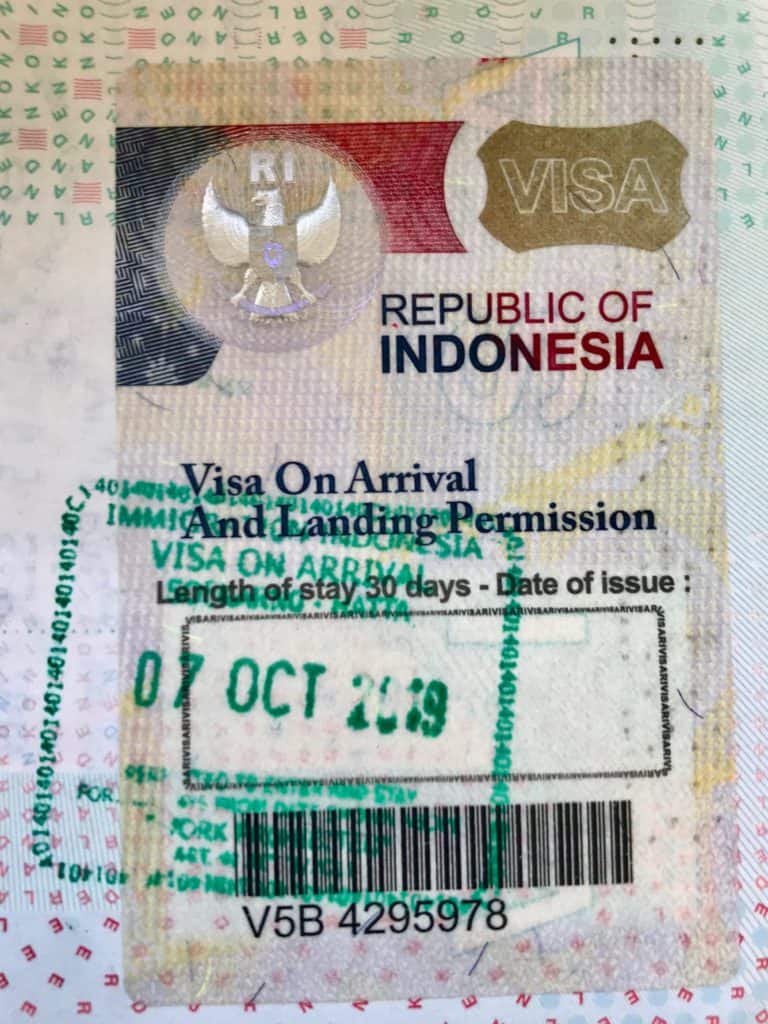
6 – Research Flights
Once you have a good idea of where you want to go and how much you’re willing to spend, it’s time to start looking at flights. Flights are likely to be the most expensive part of your trip.
Get my best tips on how to book cheap flights to help you out here!
Some things to keep in mind are which airport you want to fly in and out of (some places will have multiple options), whether you’re flying in and out of the same city, what class you want to fly in, how much extra luggage might cost, whether you need meals and whether these are included or not.
I always use Skyscanner to get an initial idea on flight prices. It’s a great site for comparing prices and travel options.
Some other helpful sites that I like to use for look at flight options are Google Flights and Vayama.
I’d recommend holding off on actually booking your flights for a little bit longer, no matter how tempting it might be! Some of the next steps might determine whether or not you’re booking a return ticket or two singles, or even a multi-stop ticket.
7 – Research Accommodation
Next up is accommodation. What kind of place are you looking for? Are you happy to stay in hostels? Or would you rather have a private room? Are you ok with a shared bathroom? What about an Air BnB? Sometimes renting an apartment can work out cheaper than a hotel room, and gives you the option to cook your own food or do your laundry on the road.
For a €30 discount code on your first AirBnB stay, sign up through my link!
Also consider the location of your accommodation. Is it easy to get there? Will you need a car if you’re staying less centrally? Or is there good public transport?
I’d suggest looking at reviews from previous travellers on TripAdvisor and Bookings.com to see what the general consensus is. Pictures don’t always reflect what a place is like in real life…

8 – Plan Transport Between Destinations
Don’t just look at a map and assume travel between places will be quick and easy. The distance might not look very big but sometimes getting around can be more challenging than it first appears.
For example, driving around New Zealand is something many people I know have underestimated. For us, getting around the Philippines was much more difficult than we had anticipated…
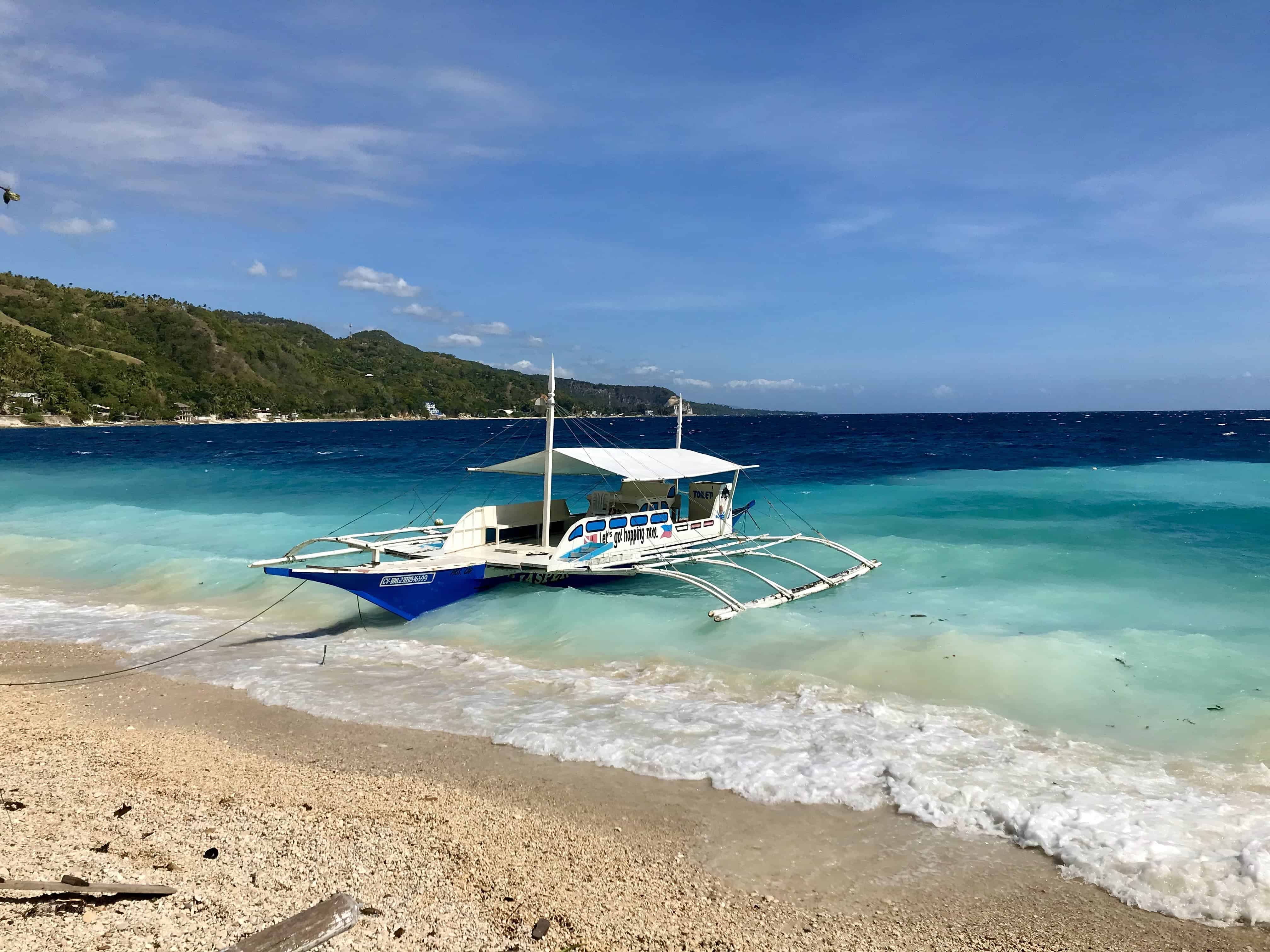
When you create your perfect travel itinerary, make sure you look into how to get between places. This includes how frequently transport leaves, how long it is likely to take and how much it might cost.
Pro Tip: Some cities offer single day or multi day passes for public transport that work out much cheaper than buying a ticket per trip! It can also work out cheaper to book trains or busses online in advance.
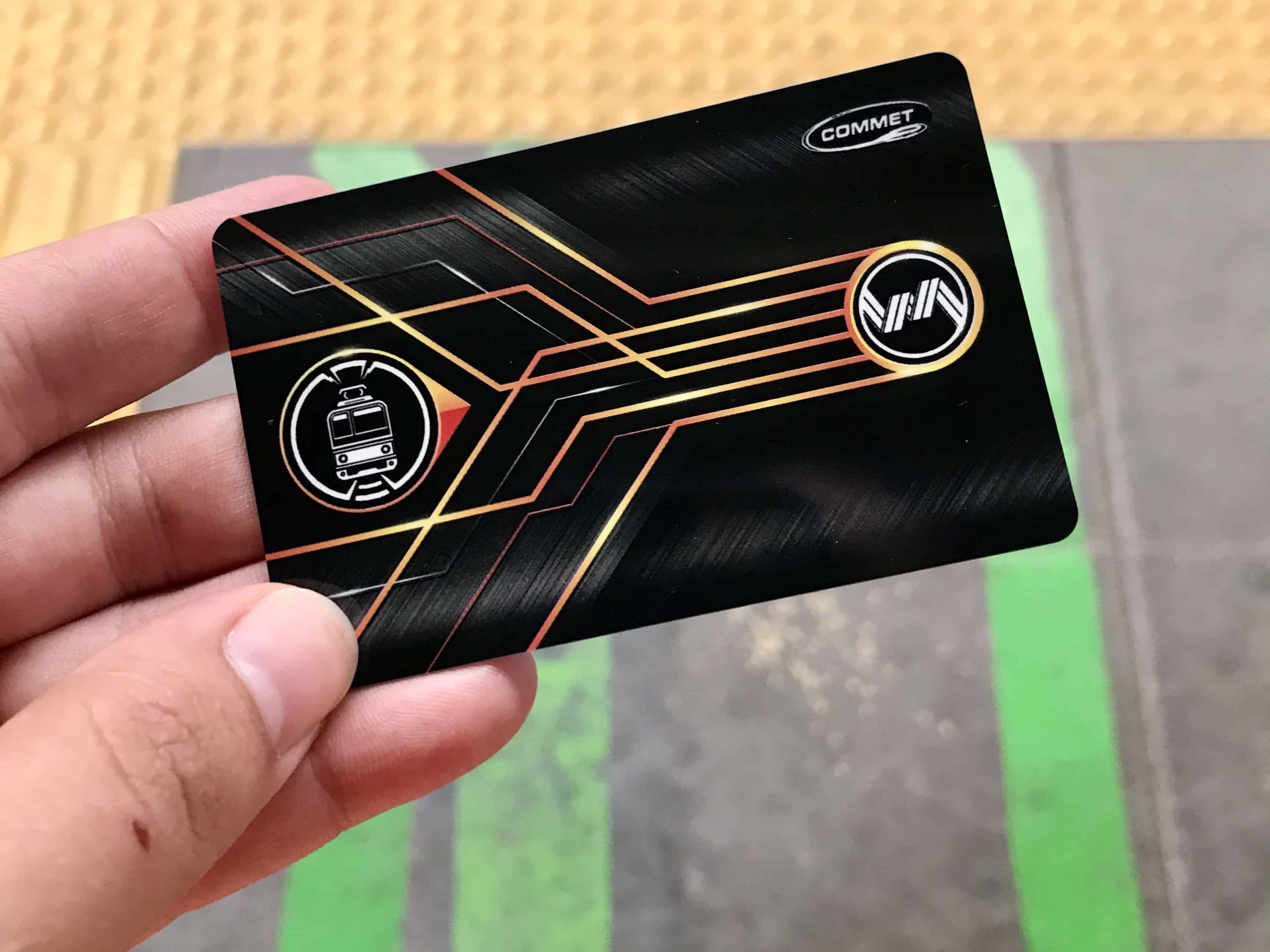
8.1 – Will You Be Renting A Car?
In some countries, renting a car for your trip might work out better and cheaper than relying on public transport, taxis or rideshares.
Rentalcars.com is a great website to book on as it does much of the hard work for you, comparing prices and offering a price match guarantee.
Pro Tip: Make sure you check if you’ll need an international drivers licence to drive in the country you’re visiting!
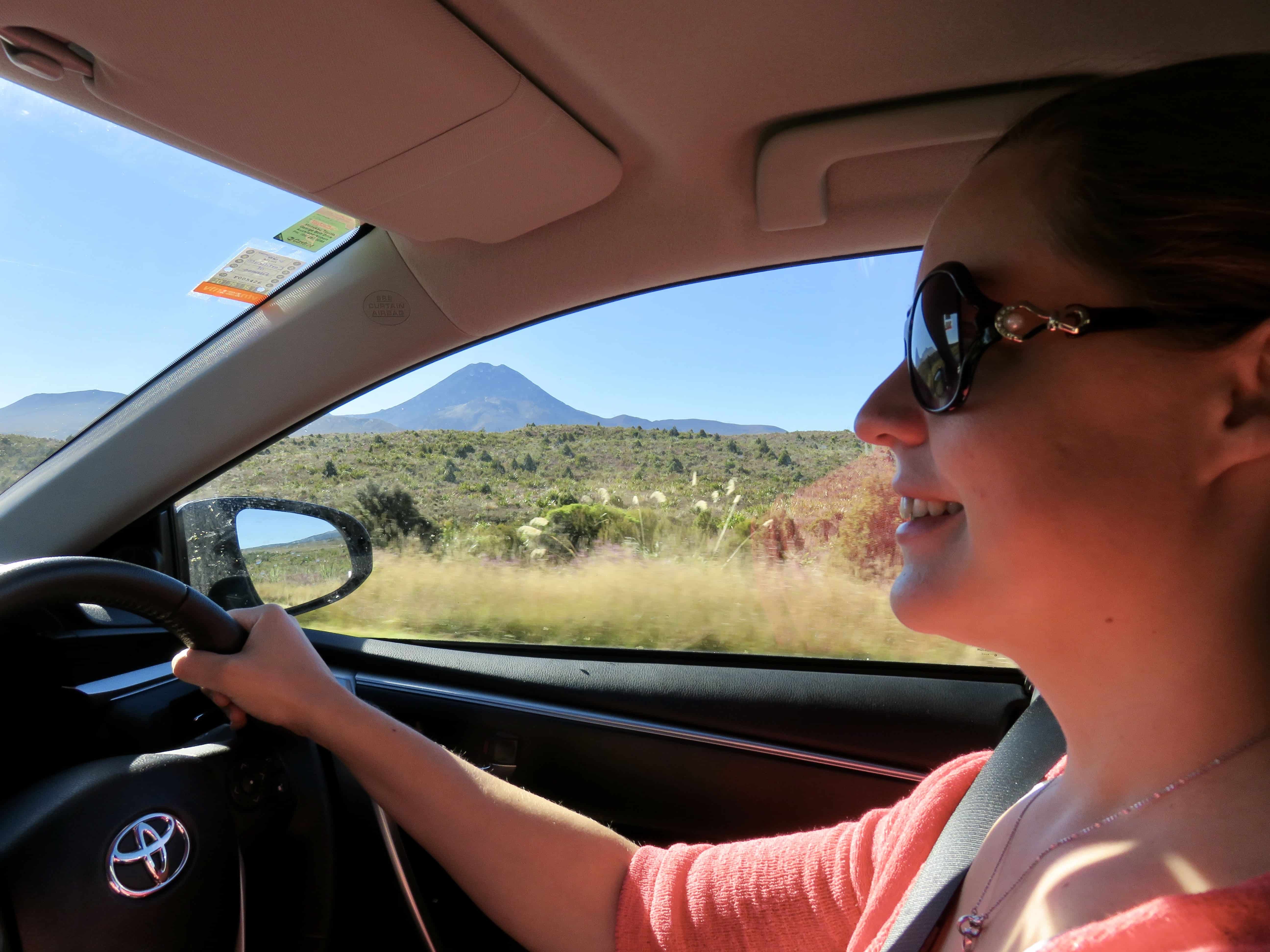
9 – Plan Activities And Create A Rough Itinerary
Do some research and write down what you absolutely do not want to miss on this trip.
Are there tours worth doing? Museums you want to visit? Activities you’d love to do?
Also look into opening times, costs and how to get there to help you create a rough itinerary for your trip.
Is it possible to walk there? Or will you be relying on public transport? How often does the bus go?
I personally like to create a calendar view and map out what I want to do each day. This gives a great visual representation when you create your travel itinerary, and helps to ensure you don’t try to squeeze in too much, or forget about travel days.
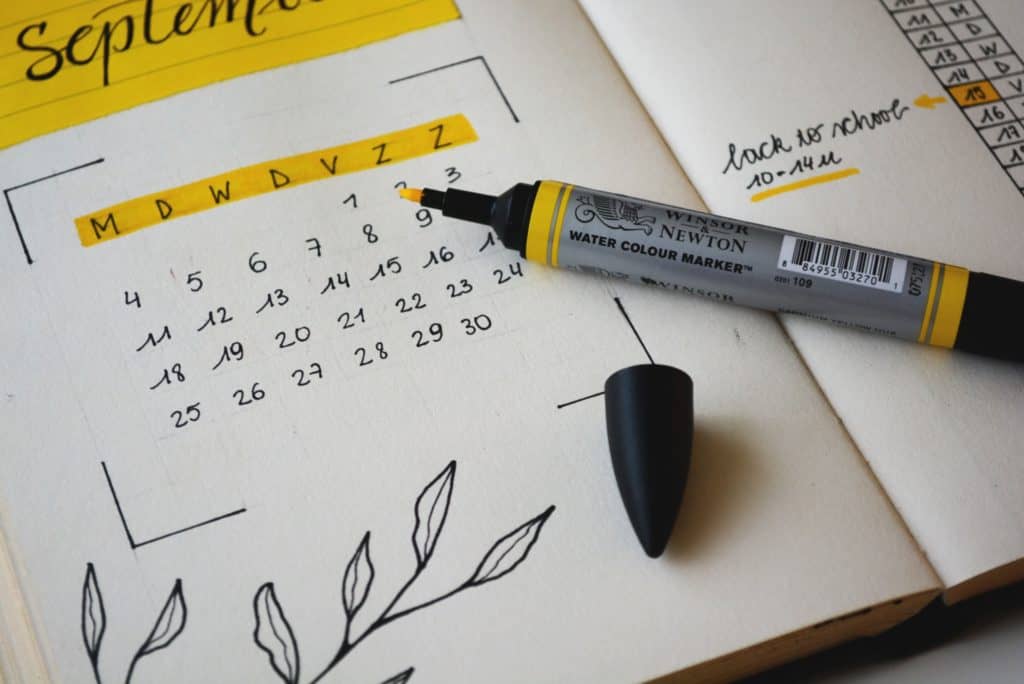
Of course, this doesn’t mean that your plans are set in stone!
You can change it up and rearrange anything that isn’t pre-booked. But, it means that you don’t waste time heading to the museum on Monday if said museum is closed on Mondays…
On a side note, when you create your travel itinerary, don’t fall into the trap of planning too many activities…
Even if you technically decided on 16 days back in Step Two, you don’t really have 16 days… There will be travel days and days when you’re quite simply not in the mood. Trust me, the last thing you’ll want to do after a 12 hour flight is to head straight to a museum!
Pro Tip: Pre-booking skip-the line tickets online can be a huge time saver!
We did this for our trips to Venice and Florence in Italy and were so glad we did
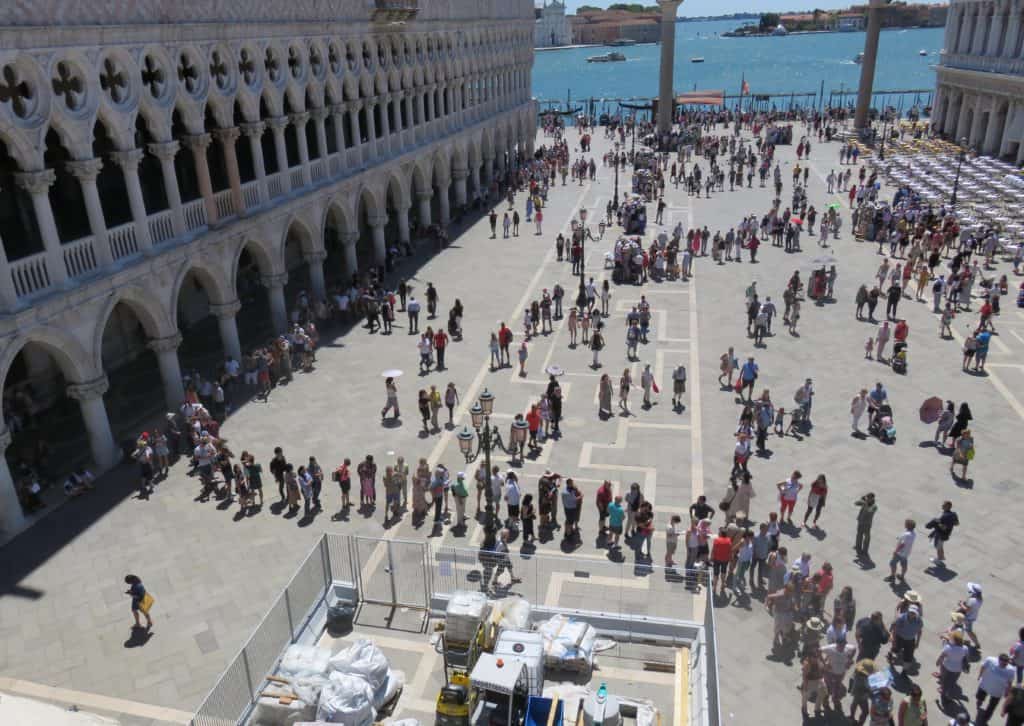
10 – Book Flights And Accommodation
This is it! The hardest parts of creating your travel itinerary are done. You’ve finalised your destination, know that it is within budget, and you’ve outlined a plan for what you’d like to do while you’re there.
Now it’s time to book your flights and accommodation!
Make sure you double check your dates, passenger names and any extras before you pay!

11 – Get Travel Insurance
Make sure you’re covered for any unexpected events for your trip… I can’t stress enough how important it is to have travel insurance!
For more details, check out my detailed guide on how to choose the best travel insurance for you.
The out of pocket costs for hospital visits or delayed luggage or stolen passports just isn’t worth the risk. Travel insurance these days doesn’t have to be expensive, but do double check the terms and conditions before purchasing your insurance to make sure it covers what you expect.
Pro Tip #1: Sometimes your health insurance at home might cover you, or offer travel insurance cover for a minimal additional fee. Reach out to them and find out what your options are.
Pro Tip #2: If you’ve decided to rent a car, check whether the travel insurance covers you. If not, you may want to consider getting a separate excess waiver insurance.
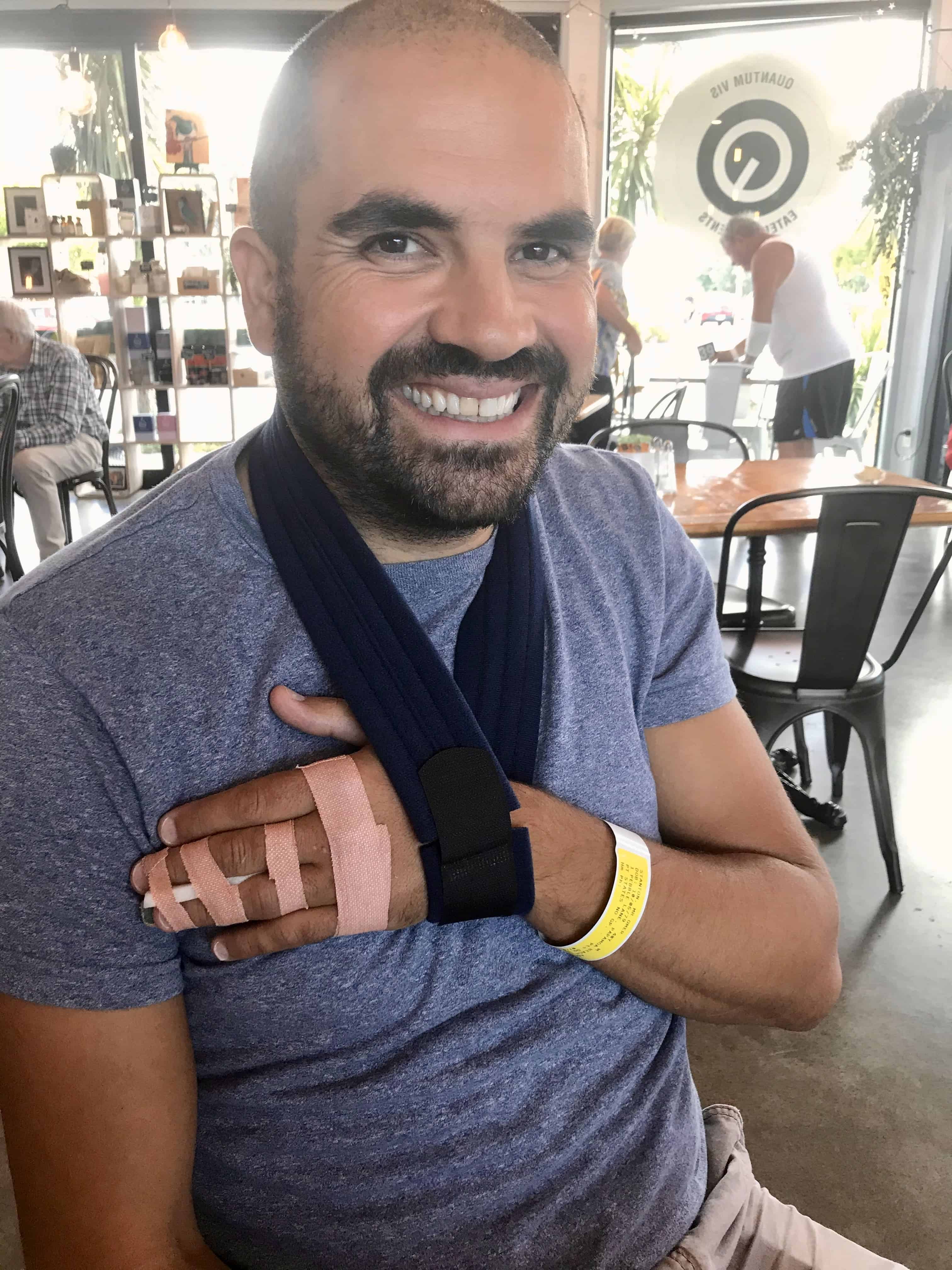
12 – Keep An Open Mind And Stay Flexible
At the end of the day, even if you create the perfect travel itinerary, things can still go wrong. Stay flexible and realise that plans can change, which doesn’t have to be a bad thing.
Flights can get delayed, bad weather might impact tours you had planned on joining, cars can break down…
I always think it’s worth scheduling in one or two “down days”. Basically, this means that you don’t have anything specific planned so that if, let’s say, the restaurant you had planned on eating at is unexpectedly closed today, you can head there tomorrow instead.
As well as that, you’re bound to stumble on something great that you hadn’t planned on visiting. Allow yourself the time to simply roam around and explore those unexpected treasures! Or spend a day just relaxing by the pool!

That’s it! Your trip is planned, booked and (partially!) paid for! Now all you have to do is start counting down the days and look forward to your trip!
Happy travels!
Where are you planning on going to next?
Do you like to create a travel itinerary for your trips? I’d love for you to tell me in the comments below!
Related Posts You Might Like
How To Book Cheap Flights – 10 Little Known Secrets
Revolut – The Perfect Travel Card
Travel Like A Pro – 21 Secret Travel Tips
Like it? Pin it for later!

